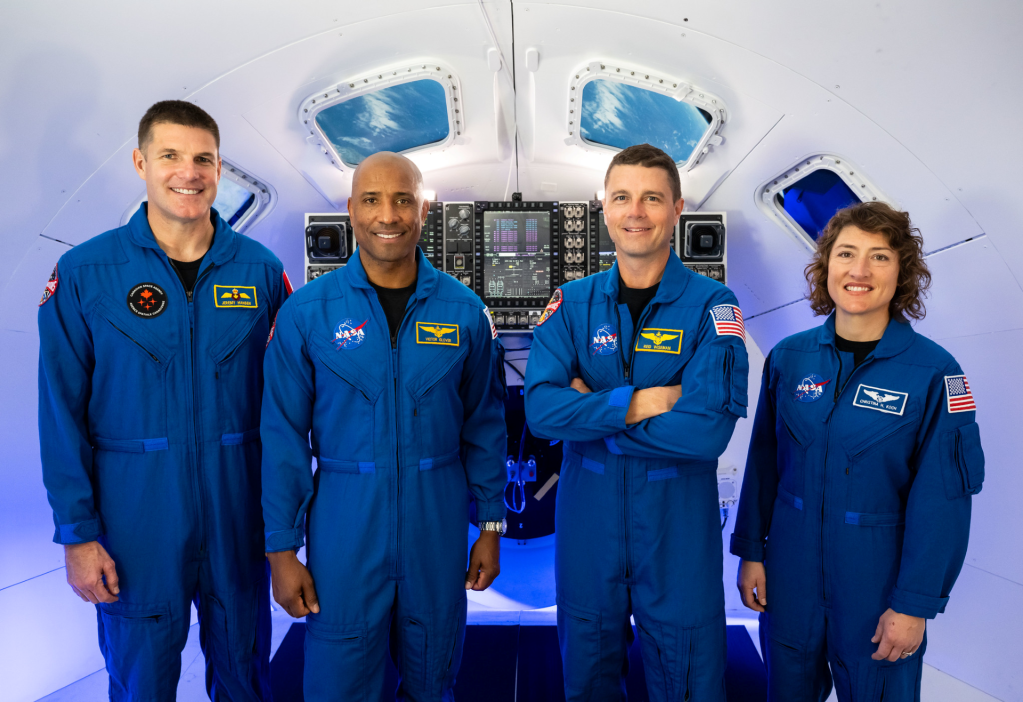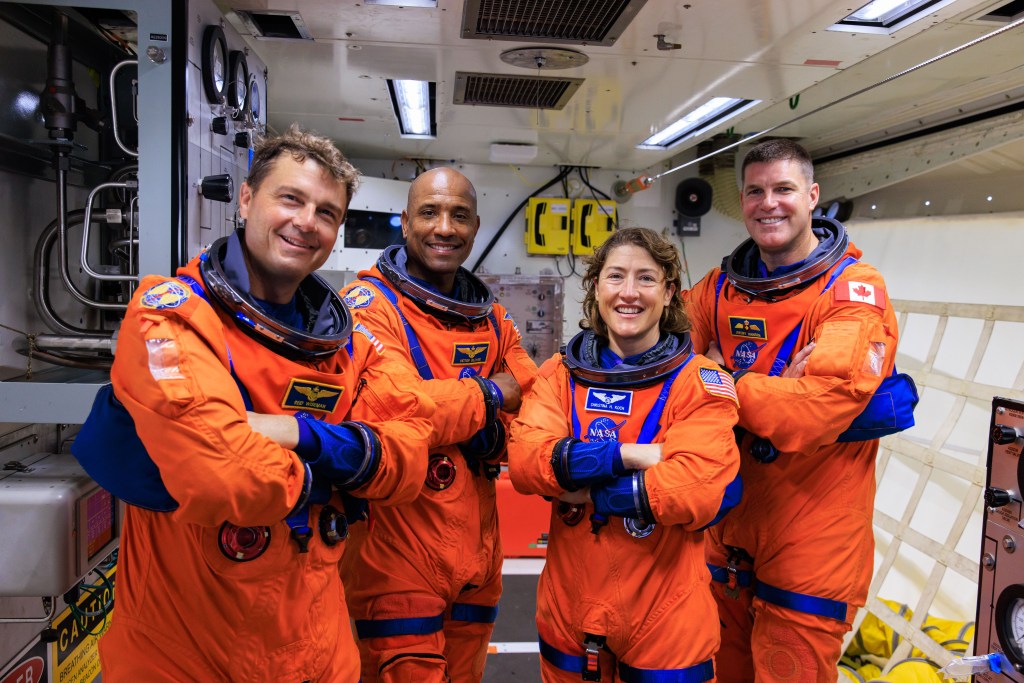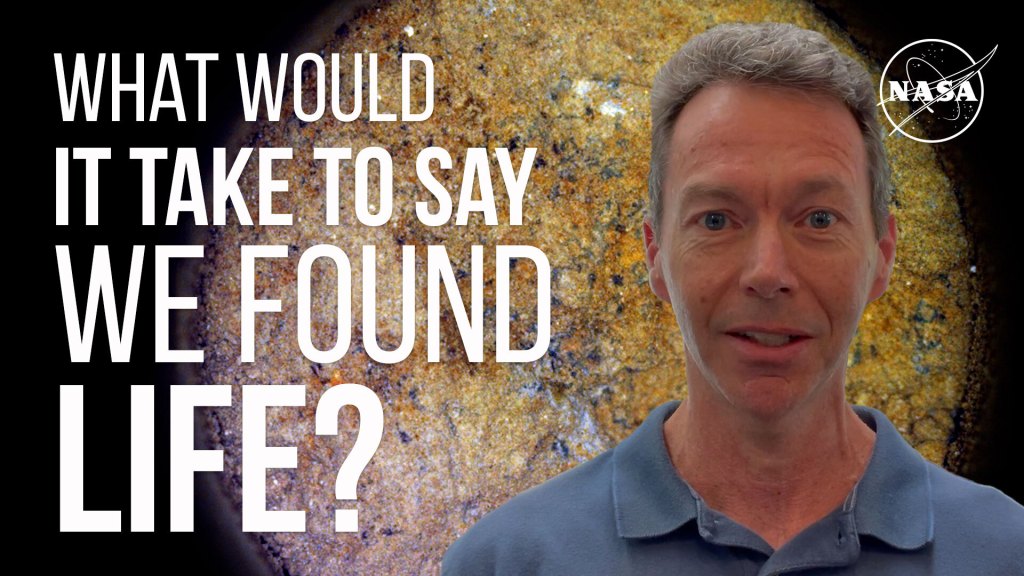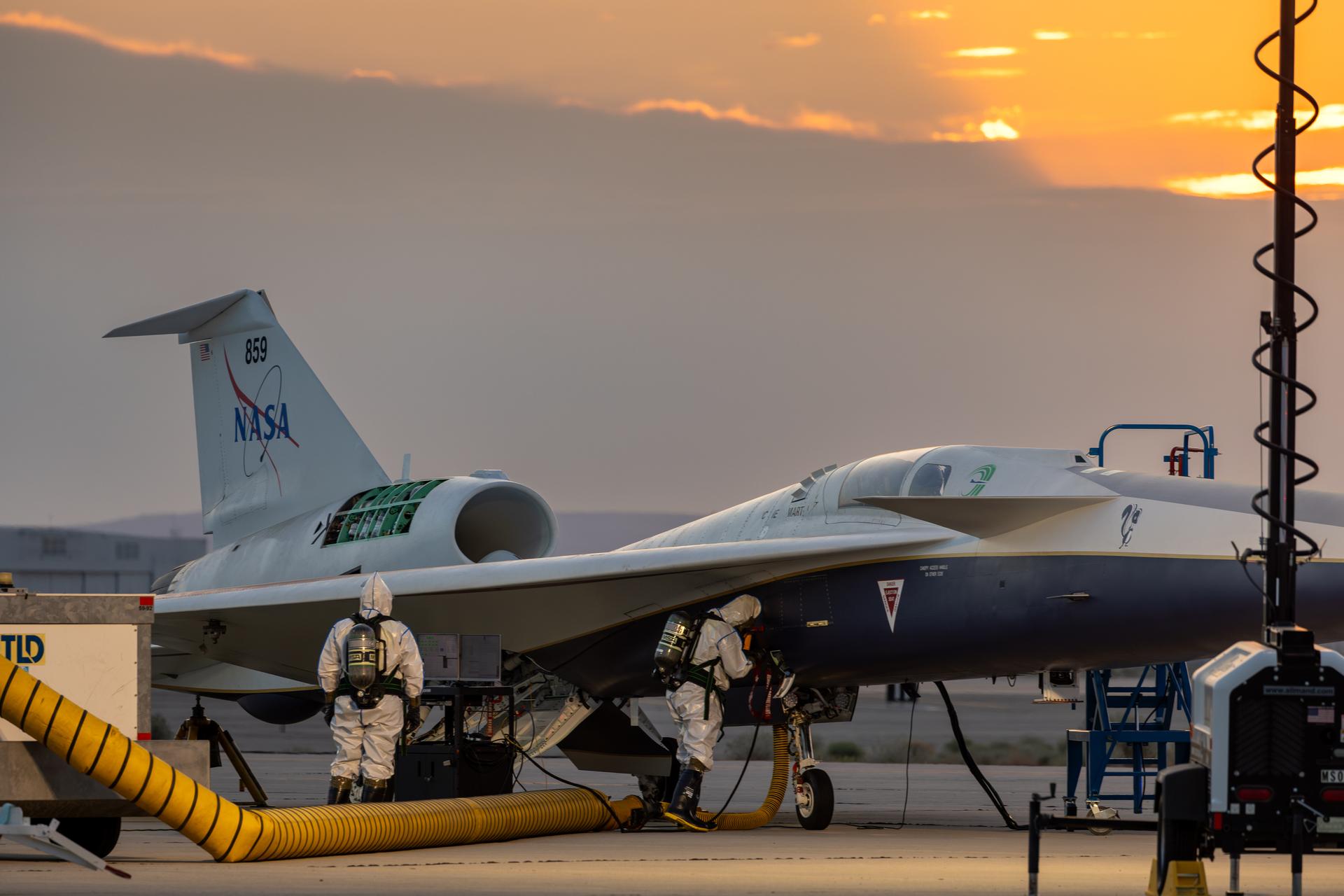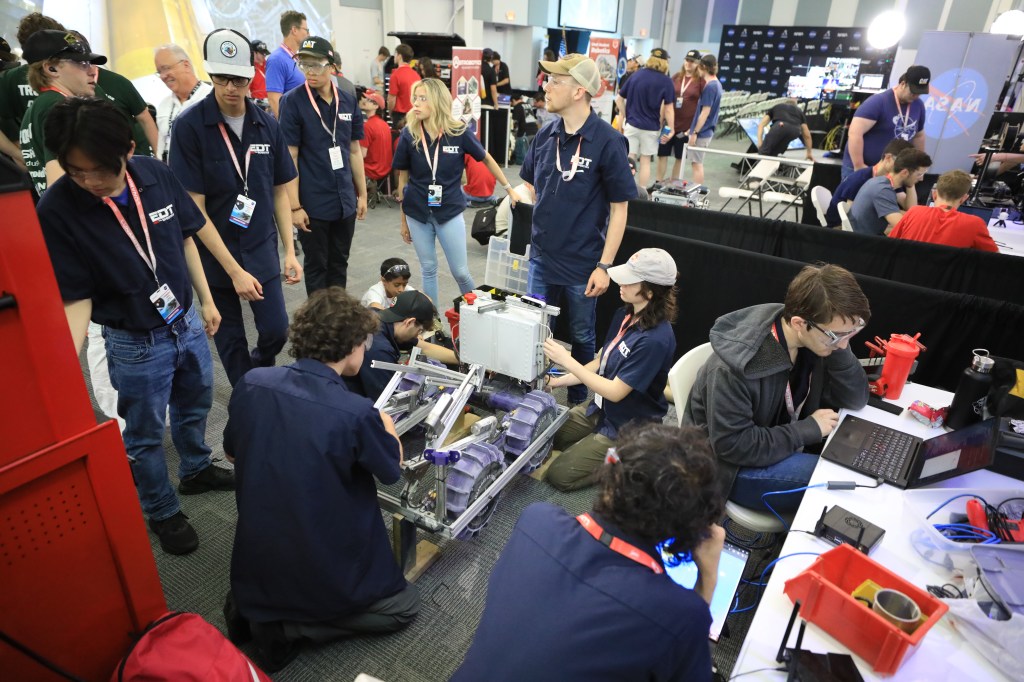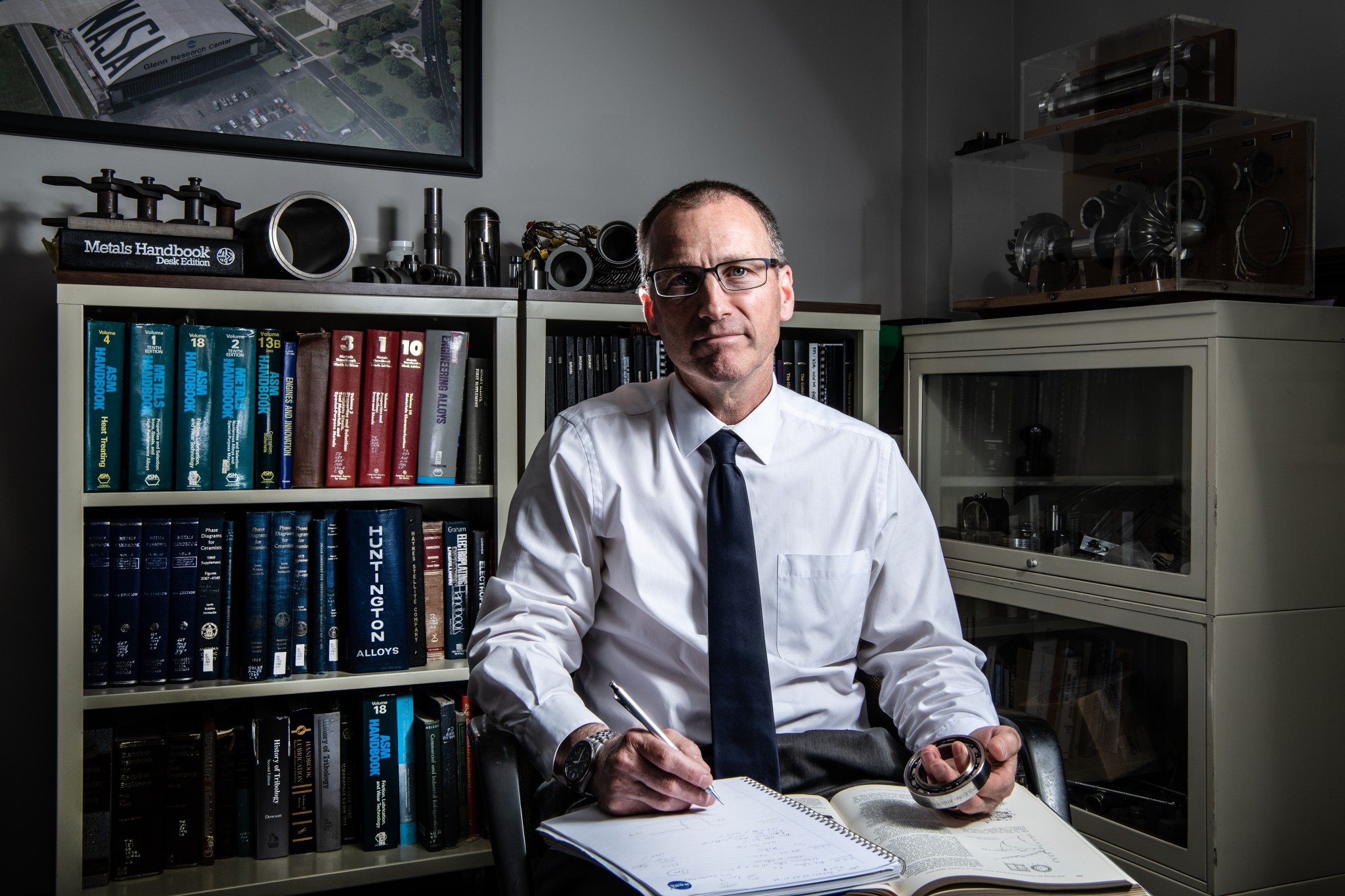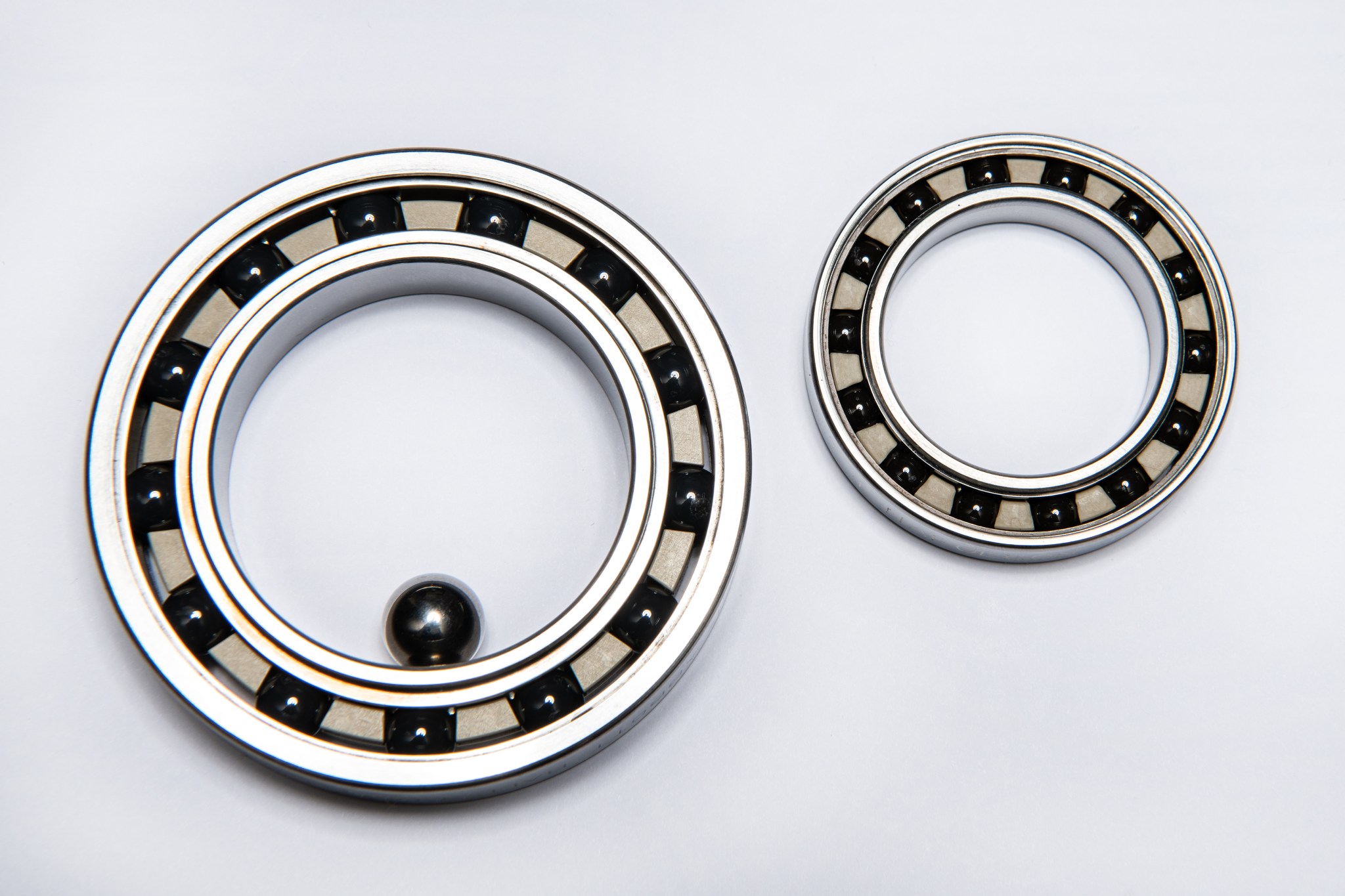For 15 years, Christopher DellaCorte has spent much “quality time” with Nitinol alloys.
It started in 2004, when Glenn Glennon – an employee of Connecticut’s Abbott Ball Company – talked to DellaCorte about applying Nitinol (a nickel-titanium alloy) to ball bearings. Conventional ball bearings are prone to rusting and denting when subjected to extreme environments, especially during aerospace flight.
But Nitinol is different than traditional bearing steel. Nitinol is made by combining nickel and titanium, often with other metals. The most common alloy is Nitinol 55, a well-known shape-memory alloy (SMA). SMAs are high-elasticity materials that may be twisted and bent, but still return to their original shape. They’re commonly used in braces and favored by dentists for their ability to stretch.
DellaCorte was initially skeptical about testing out any Nitinol material as a ball bearing.
“I didn’t think this type of material with dimensional instability would ever make a good bearing because in a bearing, you have precision dimensions and you want everything to be exactly the same and not change over time,” DellaCorte said.
It’s crucial that delicate aerospace and commercial flight instruments maintain dimensional stability, according to DellaCorte. Would a Nitinol alloy meet that requirement? It would also have to be nonmagnetic, extremely hard and capable of withstanding heavy friction – all issues that damage flight capabilities.
Glennon assured him their version of the alloy, named Nitinol 60, was stable and could be made hard through careful heat treatment. DellaCorte and a team of technologists from NASA’s Glenn Research Center and Abbott Ball Company decided to put it to the test.
The first test specimens made through a casting process failed, DellaCorte said. But a change to Nitinol’s manufacturing process led to a breakthrough. Instead of casting the material – which involves melting it down, pouring the mixture into a mold and letting it cool – DellaCorte’s team tried powder metallurgy.
Powder metallurgy begins like casting. Instead of allowing molten material to cool in a mold, it is sprayed into a chamber. The tiny droplets solidify and cool into a powder as they fall to the bottom of an inert gas-filled chamber.
The powder is collected in steel containers, welded shut and subjected to a high-temperature, high-pressure furnace held just below the alloy’s melting point. The particles bond and densify but retain a fine and uniform grain structure.
“At the end of the process, you have this big steel can, and if you cut it open to remove the outer steel can inside, you have your actual Nitinol material,” DellaCorte said. “The result is high-quality material that won’t rust or dent. It works similarly to a super-hard rubber.”
One commercial application would be to use the alloy in the ball bearings for wing components because the metal is impervious to corrosive deicing agents used to treat aircraft in cold temperatures.
“Perseverance is required,” DellaCorte said of the testing process. “We’ve had lots of setbacks and test failures and research avenues that have gone down blind alleys. You have to expect that along the road to success; you hit a lot of potholes.”
DellaCorte and his NASA Glenn team will be awarded the American Society for Metals (ASM International) 2019 Engineering Materials Achievement Award on Oct. 1 in Portland, Oregon. Certificates will be presented to DellaCorte, Ronald Noebe, Malcolm Stanford, Fransua Thomas, Samuel Howard, Santo Padula, Glen Bigelow, Othmane Benafan, and Anita Garg of Glenn, and Glenn Glennon and Craig Bond of Abbott Ball Company.
To learn more about NASA technologies, visit the NASA Technology Transfer Program website.
Claire Moore
NASA’s Glenn Research Center







